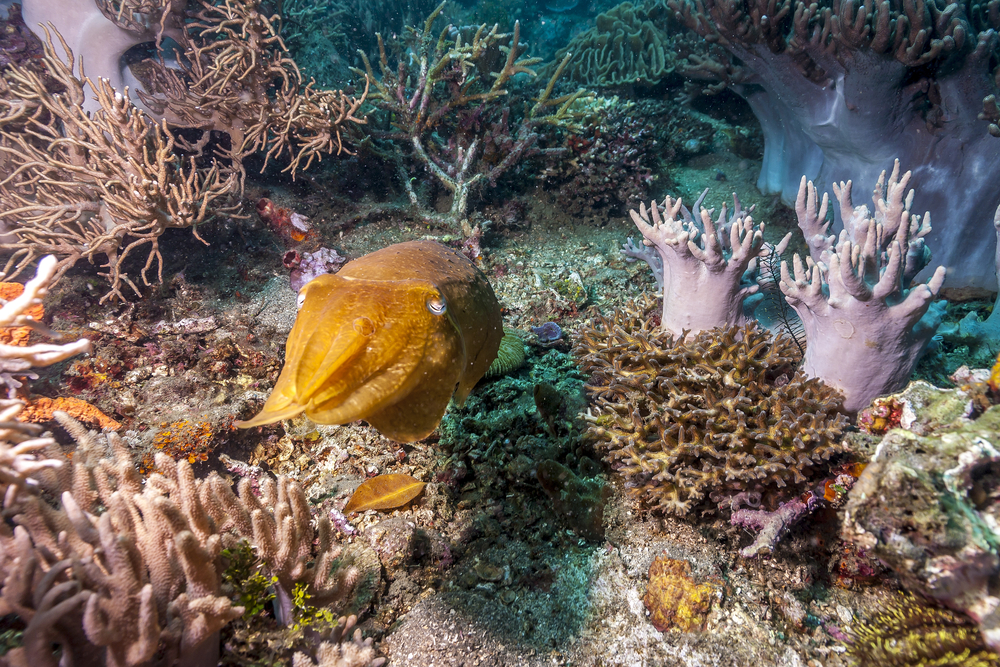
5 Superpowers that Really Exist in Animals
In the world of human superheroes, words like Pow!, Keranggg! and Biff! mean our hero is using his superpowers to defeat a villain. So sticking with that onomatopoeic theme lets Whooosh! on down the page to learn more about the superpowers that you might find in the world of animal superheroes.
1. Echolocation
In the superhero world, Matt Murdock, blinded by radioactive waste as a child, developed a superhuman ability to 'see' using sound waves and became the superhero Daredevil. This gives Daredevil a 360-degree field of "vision," allowing him to precisely locate objects or people in all directions, an obvious advantage over normal vision.
Bats, despite being nocturnal animals, cannot see in the dark. Instead, they have evolved an ability known as echolocation to navigate and locate prey at night. The bat emits a very high frequency sound and listens for the echo that bounces off objects.

2. Heat sensing
Pit vipers, as well as some pythons and boas, can sense the body heat of their prey from several feet away. Small pit organs on the snakes' faces detect infrared radiation, allowing them to create a thermal profile of, say, a nearby mouse.
Nerves connect the pit organs to the brain's somatosensory system, which processes the sense of touch, suggesting that the snakes literally feel the heat. In 2010, scientists identified the heat-sensing receptor molecule. The human version of this receptor is thought to be responsible for the mild burn that comes with swigging carbonated drinks, as well as the stronger burn of wasabi.

3. Magnetic Sense
The X-Men's arch-villain Magneto can sense and manipulate magnetic fields with his mind. And some animals have a similar magnetic sense known as "magnetoreception" that they use to navigate and orient themselves. For example, homing pigeons are able to navigate back to their home lofts when visual cues are missing but can't do so when magnets are nearby. This suggests that they may use the Earth's magnetic field to navigate.
Although we don't understand exactly how they do this, pigeons have been found to possess a substance called magnetite in their beaks, which becomes magnetized when exposed to magnetic fields. So they may be following their nose, so to speak.

4. Indestructibility
Tardigrade, aka Water Bear (Tardigrada)
These tiny, adorable creatures grow to be only a millimeter long but may be the hardiest organism on the planet (or perhaps any planet). Tardigrades are virtually indestructible. They are polyextremophiles, meaning they thrive in multiple kinds of extreme environments.
Among the things they are known to survive: Freezing temperatures as low as -200 C (-328 F), scorching temperatures up to 150 C (302 F), outer space, no food or water for over a century (or only a decade if you are a spoilsport scientist), ionizing radiation up to 570,000 roentgens (a dose of just 500 roentgens would kill you), solar radiation, gamma radiation, ultraviolet radiation, high salinity and lack of oxygen.
How can a creature so tough be so cute and cuddly looking at the same time? It hardly seems fair.

5. Invisibility
In reality, the yellow thing in the photo above is a cuttlefish doing its best to impersonate an aquarium plant. Shape shifting masters of camouflage, cuttlefish can rapidly blend in with the scenery to avoid predators. They can disguise themselves to look like just about anything aquatic, assuming a vast array of postures and colors -- the latter being the result of pigment-containing sacs in their skin. A cuttlefish can control the size of the sac, called a chromatophore, and change color accordingly.
The end result is a spooky feat of invisibility that's much more successful than James Bond's car.

Please view our animal figurines in our online shop www.littlecritterz.com

Comments
Leave a comment